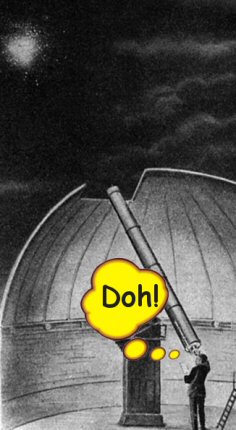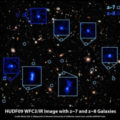
The disturbing lack of evidence of microwave “shadows” from nearby galactic clusters is raising new questions about the faint glow of microwave radiation once hailed as proof of the Big Bang theory.
The scientists, from the University of Alabama in Huntsville (UAH), used new, highly accurate measurements of the cosmic microwave background from NASA’s Wilkinson Microwave Anisotropy Probe (WMAP) to find the anomaly. “These shadows are a well-known thing that has been predicted for years,” said study leader, Dr. Richard Lieu. “This is the only direct method of determining the distance to the origin of the cosmic microwave background. Up to now, all the evidence that it originated from as far back in time as the Big Bang fireball has been circumstantial.”
In 1969, Russian scientists Rashid Sunyaev and Yakov Zel’dovich, predicted that galactic clusters – the largest organized structures in the universe – should in fact cast a shadow in the microwave background radiation. Clouds of free electrons in the these galactic clusters should bump into, and interact with, individual photons of microwave background radiation, deflecting them away from their original paths and creating the shadowing effect.
But the UAH researchers, writing in the Astrophysical Journal, say the shadowing effect isn’t being found where it should be. “If you see a shadow, it means the radiation comes from behind the cluster. If you don’t see a shadow, then you have something of a problem. Among the 31 clusters that we studied, some show a shadow effect and others do not,” said Lieu.
The UAH data shows a shadow effect of about one-quarter of what was predicted – an amount roughly equal in strength to natural variations previously seen in the microwave background across the entire sky. “Either it [the microwave background] isn’t coming from behind the clusters, which means the Big Bang is blown away, or… there is something else going on,” said Lieu. “One possibility is to say the clusters themselves are microwave emitting sources, either from an embedded point source or from a halo of microwave-emitting material that is part of the cluster environment. Based on all that we know about radiation sources and halos around clusters, however, you wouldn’t expect to see this kind of emission. And it would be implausible to suggest that several clusters could all emit microwaves at just the right frequency and intensity to match the cosmic background radiation.”


















Comments are closed.